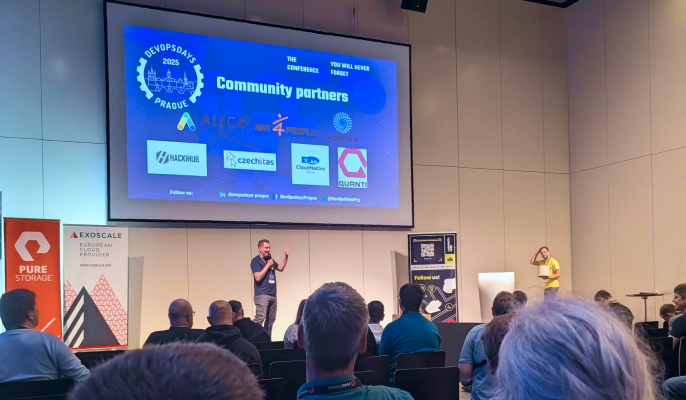You’ve got a new project on your desk. The client wants an app — ideally beautiful, smart, and fast.
You’ve got a deadline, a planned-out team… and one big question: where do you start?
Surprisingly, not with the design. Not even with wireframes. And definitely not with “here’s some inspiration from the App Store.”
UX design doesn’t start with drawing. It starts with questions.
We talked about this in the Poqec podcast with Míša, a senior UX designer at Quanti. Her advice is simply summed up: UX isn’t an opinion. UX is a process. And how you start determines whether your app succeeds or ends up gathering dust in a drawer.
Step one? Ask questions
When a new project comes in, Míša doesn’t jump straight into design; she starts with questions.
“Who is the user? What do they need to do? Why would they want to do it?”
If the answers aren’t in the materials, the next step is talking to the client or doing user research.
UX design is a lot like detective work. You need to understand motivations, obstacles, and expectations. Otherwise, you’re just guessing — and in UX, guesses are the most expensive mistakes.
“I always start with: What’s the expected outcome? What does the user want from it? And what does the company expect in return?” Míša explains.
UX depends on the goal, not just the type of project
UX varies not only by target audience, but also by the type of app. It makes a difference whether you’re designing an e-commerce store, an internal tool, or a mobile game.
Míša breaks it down with a simple example:
- In an e-shop, the goal is to purchase → everything should be clear, fast, and frictionless.
- In a game, the goal is fun → a little “getting lost” might actually be part of the experience.
The most common mistake? Starting to design too soon
“A lot of people jump straight into sketching. They already have a screen in mind. But before that, it’s crucial to understand who you’re designing for and why,” says Míša.
UX without an analysis of user needs is just design.
It might look good. But it won’t work or won’t be usable.
In the best-case scenario, you’ll catch the problem early. In the worst case, only after the launch.
And often, something essential is missing — like a key feature, logical flow, or even a basic understanding of what the user actually needs.
Want your project to have solid foundations and make real sense to users?
Get in touch.
UX isn’t magic it’s craftsmanship. And with the right questions at the start, it can completely change the outcome.


.svg)






